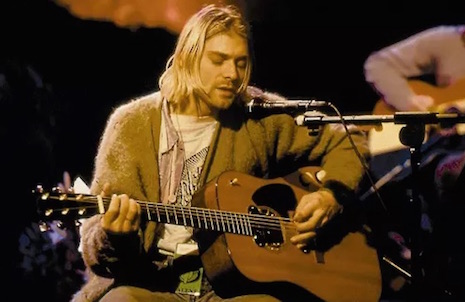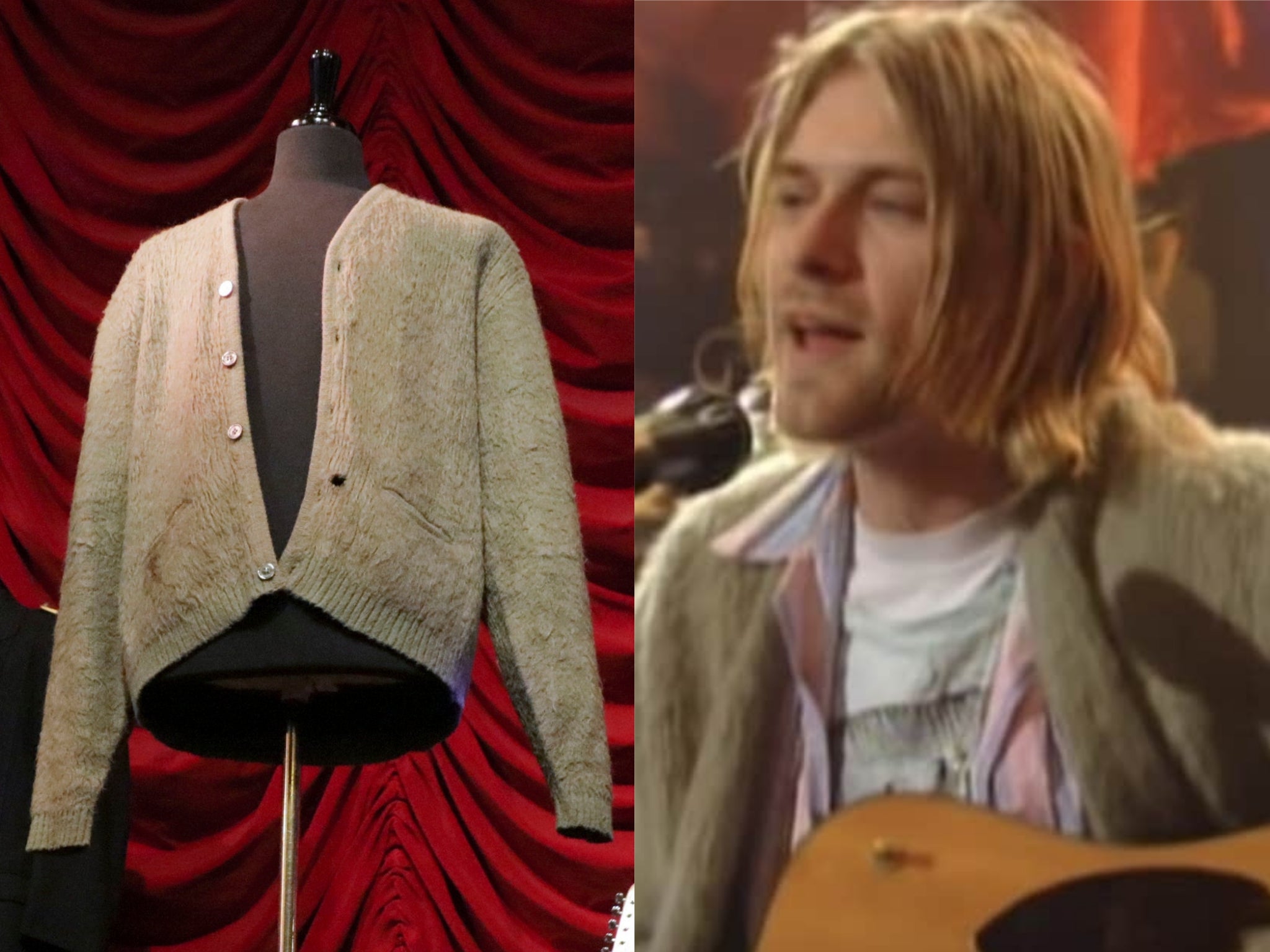

While he filled notebooks with writing and made countless pieces of quirky visual art, most of it remains privately owned. Like Marilyn Monroe’s, Jimi Hendrix’s, and Tupac Shakur’s, Cobain’s life and career spanned the course of a few explosive years, leaving a small amount of wildly collectible items in the world. In 2014, Cobain’s estate was estimated at $450 million. Not to mention Nirvana’s publishing rights, a large portion of which was purchased from Love’s estate by Primary Wave’s Larry Mestel in 2006 for an estimated $50 million before the company divested its interest as part of a $150 million deal with BMG. This includes music and design licensing, stray clothes, and instruments, and film and book deals. (As of Tuesday, the cardigan had already drawn a bid of $200,000.)Ĭobain was named the highest-paid dead celebrity of 2006 by Forbes and is still in the most profitable echelon of late rock stars.

This Friday and Saturday, Cobain’s MTV Unplugged cardigan and one of his custom-built Fender Mustangs will hit the auction block once again for Julien Live’s Icons and Idols auction taken together, the items could command over half a million dollars. Julien, the founder, president, and chief executive officer of Julien’s Auctions presides over many offbeat Cobain sales, including a sodden pizza plate-turned setlist that sold for $22,400 after being estimated at only $1,000 or $2,000. In 2019, the Kurt Cobain business is big business. In 1991, the cover of Nirvana’s major-label debut, Nevermind, satirically depicted a baby chasing a dollar bill on a fishhook. The most reticent of rock stars-one who agonized about his artistic truth being fed into the thresher of corporatism-now commands his own economy from beyond the grave. “Courtney couldn’t have realized that the value of these things would be worth what they are today,” Darren Julien, who is running that auction, tells Fortune.


 0 kommentar(er)
0 kommentar(er)
